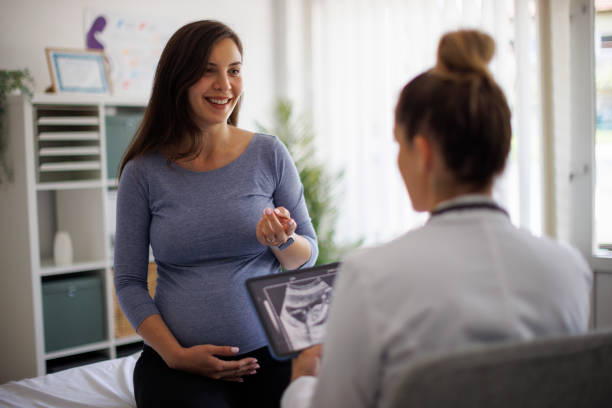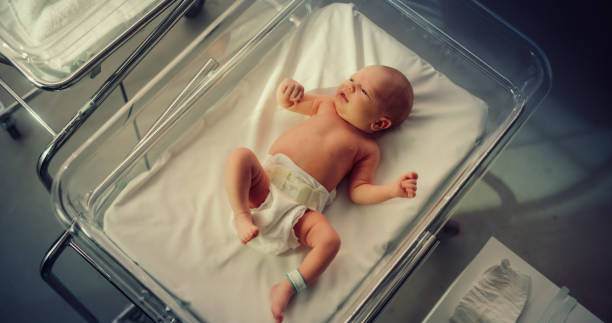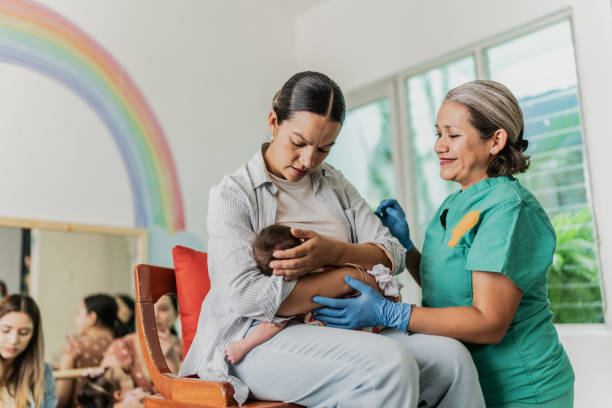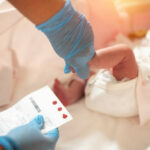Preventing measures of neonatal infections begins with proactive measures during pregnancy, delivery, and the early neonatal period. Maternal screening, proper hygiene practices, and timely interventions play a crucial role in reducing the risk of infections that can lead to serious complications for newborns. By addressing potential sources of infection early, caregivers and healthcare providers can significantly improve outcomes for vulnerable infants.

1. Maternal Screening During Pregnancy
Routine Tests and Their Importance
- Group B Streptococcus (GBS):
- Screening between 35–37 weeks of gestation helps identify GBS-positive mothers who may transmit the bacteria during delivery.
- Prophylactic antibiotics during labor can reduce neonatal GBS infections.
- TORCH Infections:
- Screening for Toxoplasmosis, Rubella, Cytomegalovirus (CMV), and Herpes Simplex Virus (HSV) can identify and manage maternal infections.
- Sexually Transmitted Infections (STIs):
- Testing for HIV, syphilis, and chlamydia ensures timely treatment to prevent vertical transmission.
Vaccinations During Pregnancy
- Influenza and COVID-19 Vaccines: Protect both mother and baby from severe respiratory infections.
- Tdap Vaccine: Protects against pertussis (whooping cough), which can be fatal for newborns.
2. Hygiene Practices During Delivery
Clean Delivery Techniques
- Sterile tools and environments minimize exposure to bacteria and other pathogens.
- Proper hand hygiene for healthcare providers and birth attendants.
Avoiding Unnecessary Interventions
- Minimizing invasive procedures, such as unnecessary ruptures of membranes, to reduce infection risks.
3. Hygiene Practices in Postnatal Care
Hand Hygiene
- Frequent handwashing with soap and water or alcohol-based sanitizers before handling the baby.
- Educating parents and caregivers on the importance of hand hygiene to prevent cross-contamination.
Cord Care
- Keeping the umbilical cord clean and dry to prevent infections like omphalitis (infection of the umbilical stump).
- Using antiseptic solutions if recommended.
Breastfeeding Hygiene
- Cleaning and sterilizing breast pumps or feeding equipment.
- Ensuring mothers wash their hands and maintain breast cleanliness before feeding.
4. Reducing Exposure to Pathogens
Minimizing Contact with Sick Individuals
- Limiting visitors during the early weeks to prevent exposure to colds, flu, or other contagious illnesses.
NICU Infection Control
- Adhering to strict infection control protocols in neonatal intensive care units (NICUs).
- Proper sterilization of medical equipment and surfaces.
5. Benefits of Maternal Screening and Hygiene
- Early Detection of Risks: Maternal infections like GBS or STIs can be identified and managed before delivery.
- Lower Neonatal Morbidity and Mortality: Reducing infections like sepsis, meningitis, and pneumonia improves survival rates.
- Improved Long-Term Health: Preventing infections helps avoid complications like developmental delays or chronic conditions.
Conclusion
Preventive measures, including maternal screening and maintaining proper hygiene during pregnancy, delivery, and neonatal care, are key to reducing the risk of life-threatening infections in newborns. These proactive steps empower caregivers and healthcare providers to create a safer environment, ensuring a healthier start for every baby. By prioritizing prevention, we can tackle neonatal infections at their root, safeguarding the most vulnerable during their earliest days of life.







